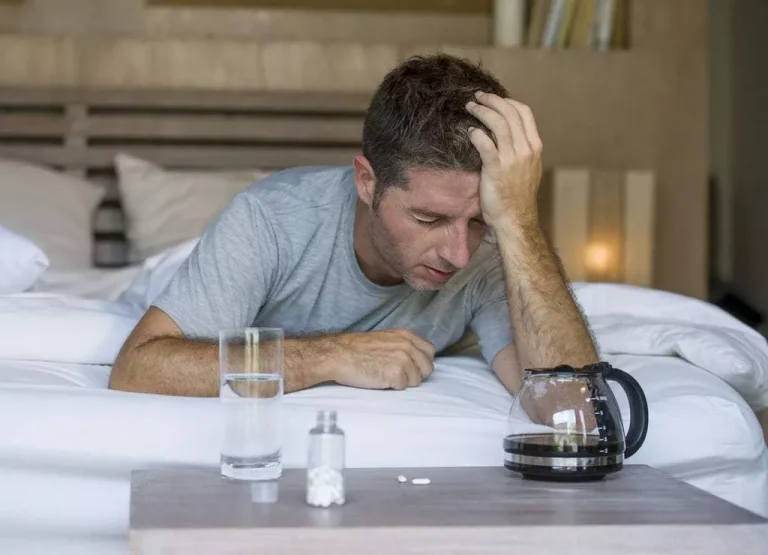
The drug is an opioid antagonist, meaning it binds to opioid receptors to reverse and block the effects of opioids. Most people experience withdrawal symptoms within 2 to 4 days of their last dose, and these symptoms typically last 7 to 14 days but may last longer. When used correctly, methadone allows people to quit heroin and prescription painkillers without going into withdrawal.
Pharmacotherapies for alcohol use disorders
However, this treatment gap is improperly framed as merely a problem of treatment accessibility. In order to reach individuals who are potentially interested in treatment, it is important to focus on treatment acceptability, which is a critically overlooked aspect of the treatment gap. Because the withdrawal process can cause adverse symptoms, methadone users are advised to detox in a medical environment.
How does methadone affect the body?
- Pregnant women should be provided with information about the benefits and risks of methadone during pregnancy.
- This article reviews current methods used to evaluate strength of the empirical evidence supporting the efficacy of specific therapies.
- The greater the amount of opioid used by the patient the greater the dose of codeine phosphate required to control withdrawal symptoms.
- In the first instance, use behaviour management strategies to address difficult behaviour (Table 2).
- Methadone’s half-life ranges from 8–60 hours, compared with just 3–5 hours for oxycodone.
- It is recommended that all patients receiving MMT in closed settings be assisted to transfer to a community-based MMT program to continue treatment.
Psychiatry is on the threshold of many significant advances, and these remarkable developments promise to influence the understanding of the short- and long-term effects of drug and alcohol use. More detailed reviews of promising and validated pharmacotherapies are available 20–25. SAMHSA envisions that people with, affected by, or at risk for mental health and substance use conditions receive care, achieve well-being, and thrive.

Warnings About Methadone Withdrawal
A 2009 research methadone prevents withdrawal symptoms from review explains the mu receptor appears to be specifically related to the body’s reward process. Even when using methadone as directed by a healthcare professional, your body can develop a tolerance. Used for thousands of years as a form of pain relief, opium eventually gave rise to commercial medications, like morphine and fentanyl. Data collection occurred in-person or telephonically depending on the participant’s choice.
Methadone must be stored in a secure area within the medical clinic, for example, locked in a room or safe. It should not be obvious to patients that this is where methadone is stored. Methadone has been included on the World Health Organization’s List of Essential Medicines.
The https://ecosoberhouse.com/ authors categorized these interventions based upon information available at the time of writing and therefore offer it as a preliminary examination of the evidentiary base of each intervention. The authors offer this categorization more so as an observational and evaluative exercise in how practices can be compared and evaluated on a hierarchy of evidence basis. Evidence is ubiquitous, inherently biased, and complicated to evaluate.

Patients and practitioners are encouraged to report all side effects online to MEDWatch, FDA’s medical product safety reporting program for health care professionals, patients, and consumers or by calling FDA-1088. Drug rehabilitation Patients taking methadone to treat OUD must receive the medication under the supervision of a practitioner. After a period of stability (based on progress and proven, consistent compliance with the medication dosage), patients may be allowed to take methadone at home between program visits. However, it can take anywhere between 15 and 60 hours for methadone to be out of a user’s system. Doctors usually recommend tapering off use of methadone to make the withdrawal process more bearable. Methadone can be extremely physically addictive, especially when taken in high doses.
- However, this treatment gap is improperly framed as merely a problem of treatment accessibility.
- The Alcohol Withdrawal Scale (AWS, p.49) should be administered every four hours for at least three days, or longer if withdrawal symptoms persist.
- Offer symptomatic medication as required for symptoms such as headaches, nausea and anxiety (Table 3).
- Involving PWUD in the development of programs and policies that affect them is a core tenet of harm reduction and a critical strategy to advancing treatments that are acceptable to PWUD.
Voluntary cessation of treatment

Post-acute or protracted withdrawal can begin in the weeks following your detox. These symptoms are most common in people who have been misusing opioids over a long period of time. Your experience with methadone withdrawal can depend on a variety of factors, including your past experiences and expectations. Some people go into it thinking it’s going to be a nightmare, but it turns out to be milder than anticipated.
- Counselling and similar treatments are more effective if they are entered into voluntarily.
- Lucemyra is a medication that is similar to clonidine and approved by the FDA in 2018 to treat the symptoms of opioid withdrawal.
- Patients should be allowed to sleep or rest in bed if they wish, or to do moderate activities such as walking.
- By Corinne O’Keefe OsbornCorinne Osborn is an award-winning health and wellness journalist with a background in substance abuse, sexual health, and psychology.
Improving induction rates onto extended-release naltrexone8,9,56
Methadone is often used to help treat opioid dependence, but it can also cause withdrawal symptoms. Pharmacotherapy and psychotherapy have distinct modes of action, time to effect, target symptoms, durability, and applicability. The combination has been found to enhance outcomes for opiate, alcohol, and cocaine use disorders 93,95,96.
Very Diamond Insane 50 free spins on dolphins pearl deluxe no deposit Position Remark Gamble A couple of Best Provides Today
ten Finest Real cash Online casinos & Casino games Nov 2024
Totally free Spins Mega Moolah slot rtp No-deposit 2025 Victory Real money
Категорії новин
Категорії товарів
News categories
Product Categories
(095) 222 04 06 - служба доставки 1100 – 2200
Замовлення приймається до 2:30